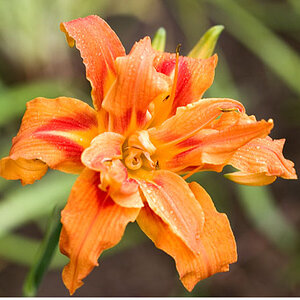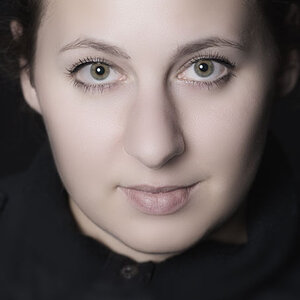SpeedTrap
TPF Noob!
- Joined
- Oct 2, 2006
- Messages
- 1,392
- Reaction score
- 26
- Location
- Edmonton
- Website
- www.lightart.ca
- Can others edit my Photos
- Photos NOT OK to edit
I would like to take some nice pictures of the moon.
Here is what I have managed so far.
I have seen some images that were said to be shot with a 300mm lens that are far better than mine how can I improve my shots.
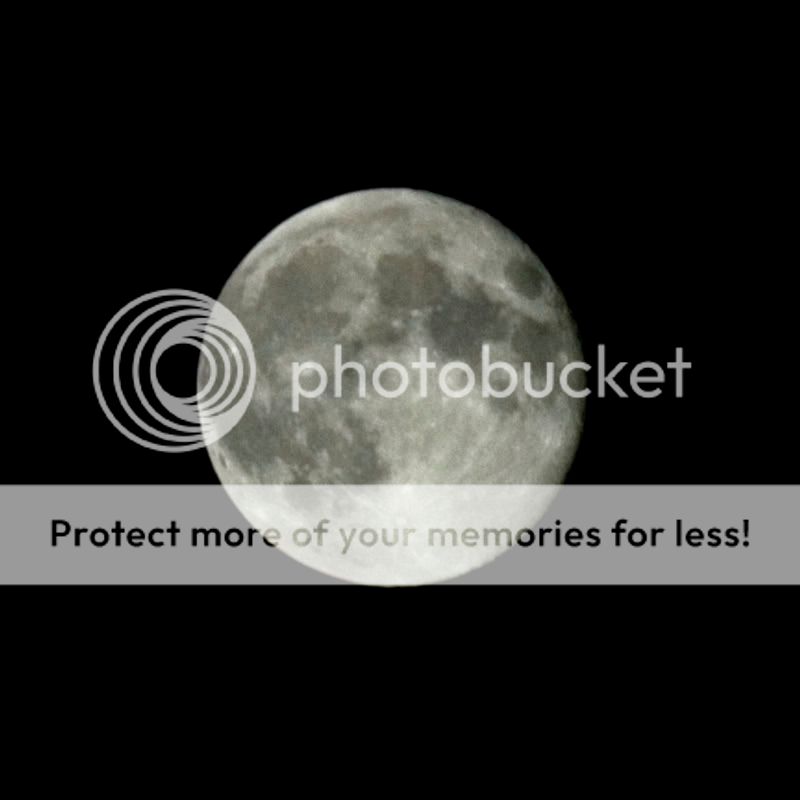
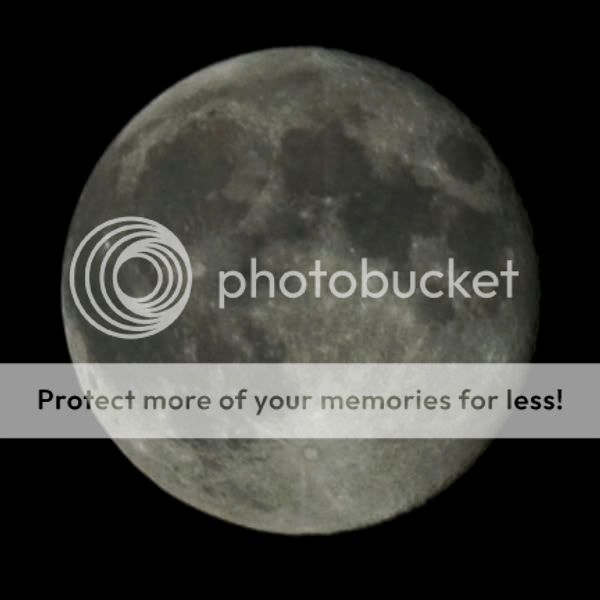
Here is what I have managed so far.
I have seen some images that were said to be shot with a 300mm lens that are far better than mine how can I improve my shots.





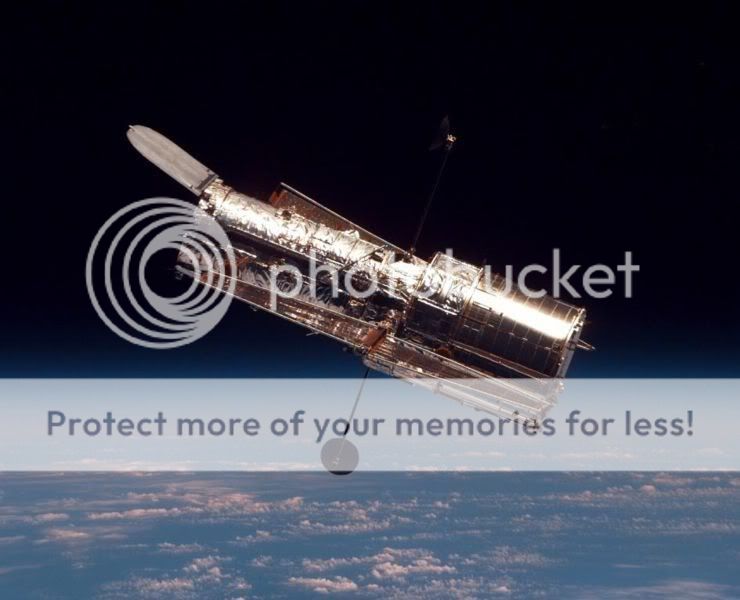
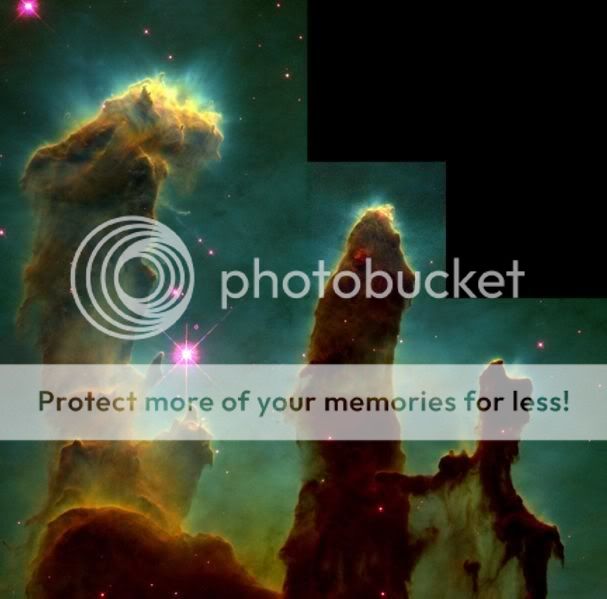
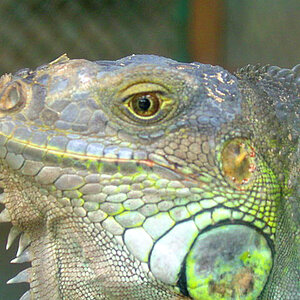
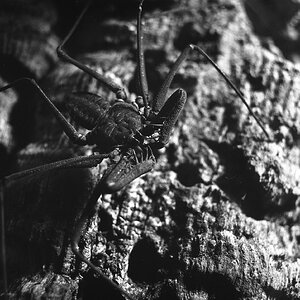
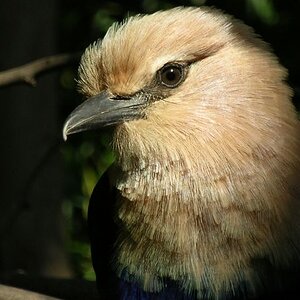
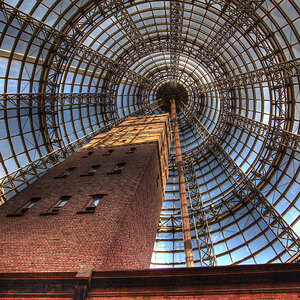
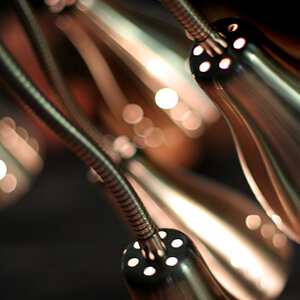
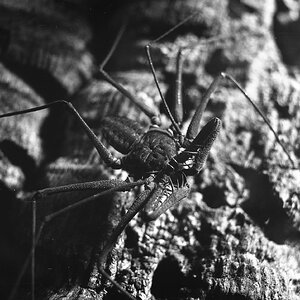
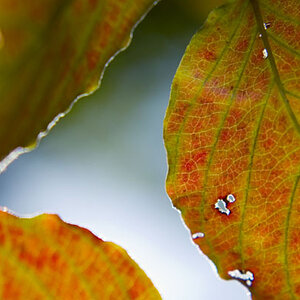
![[No title]](/data/xfmg/thumbnail/37/37114-2bba6b6cc4df1fe53588503fb35af8dd.jpg?1619737883)
![[No title]](/data/xfmg/thumbnail/37/37110-1d5d98524f9f6a8623703161610ef439.jpg?1619737882)
